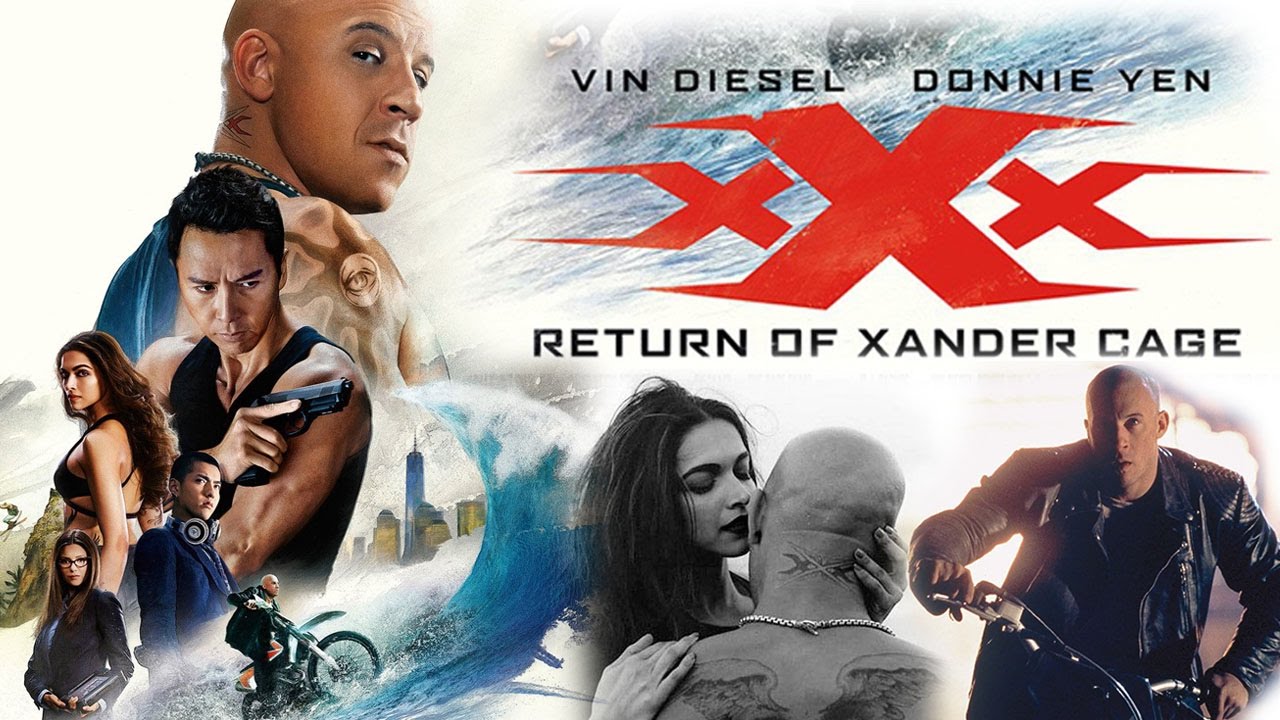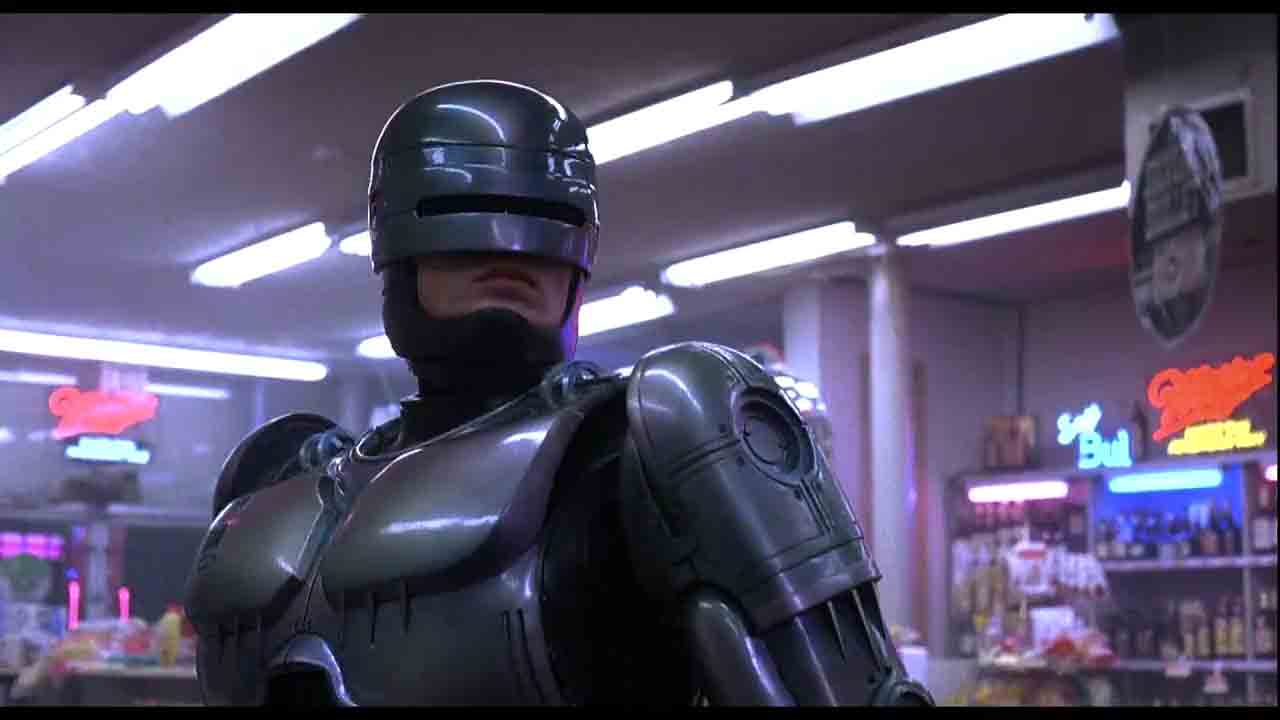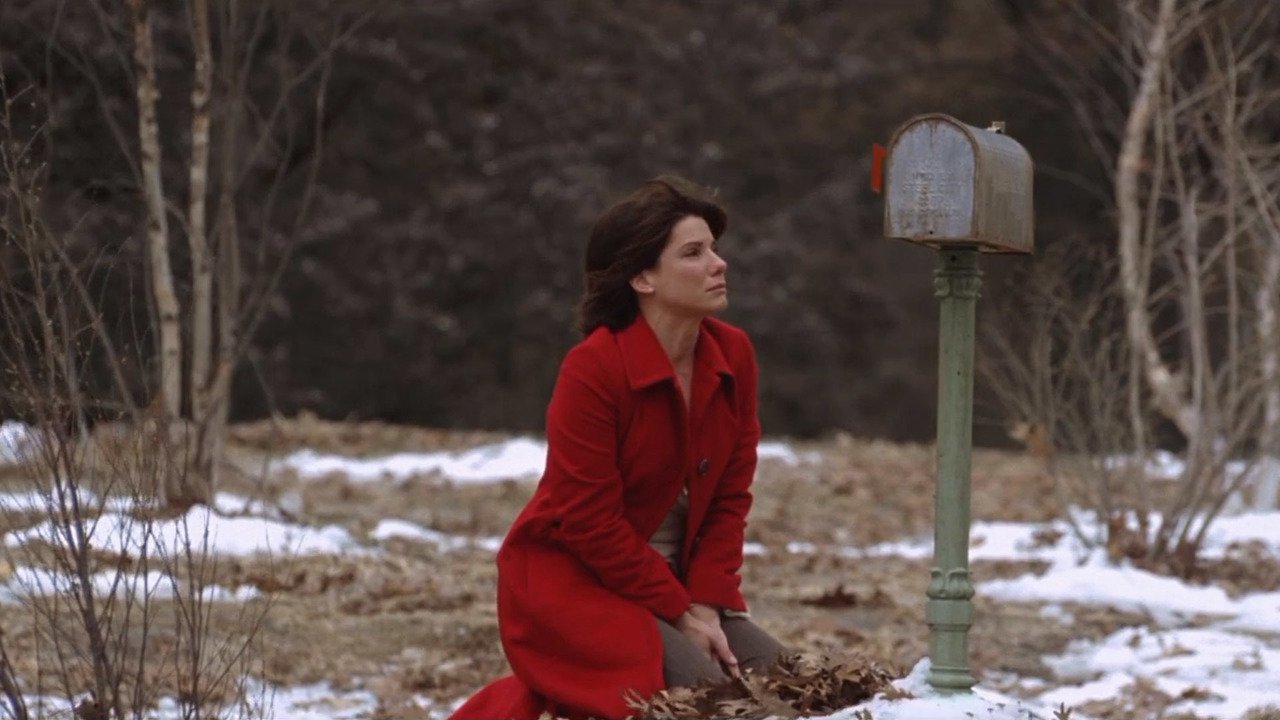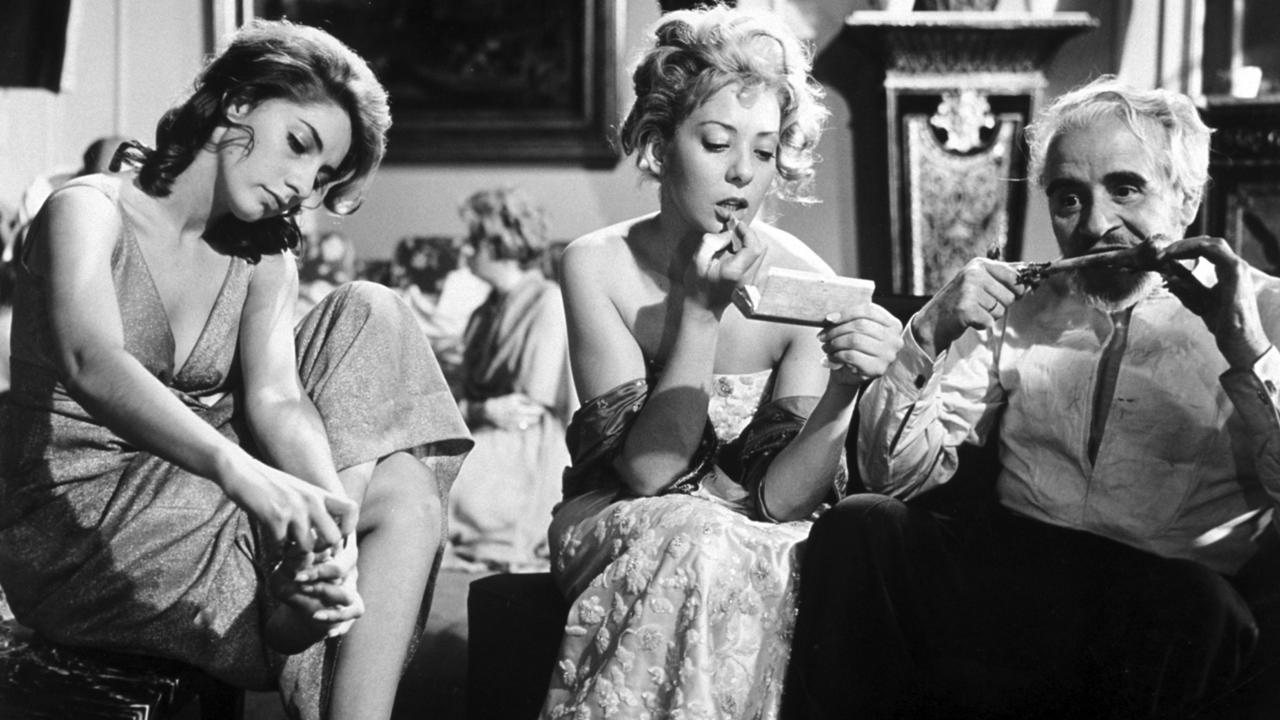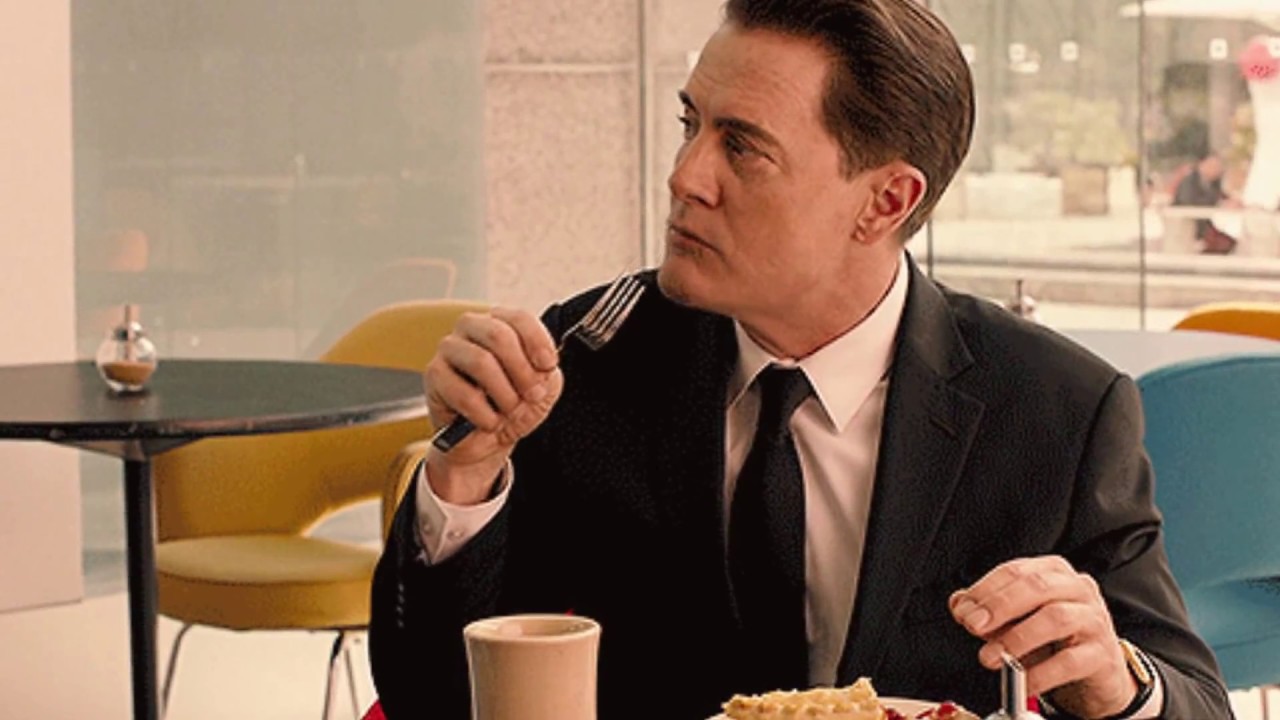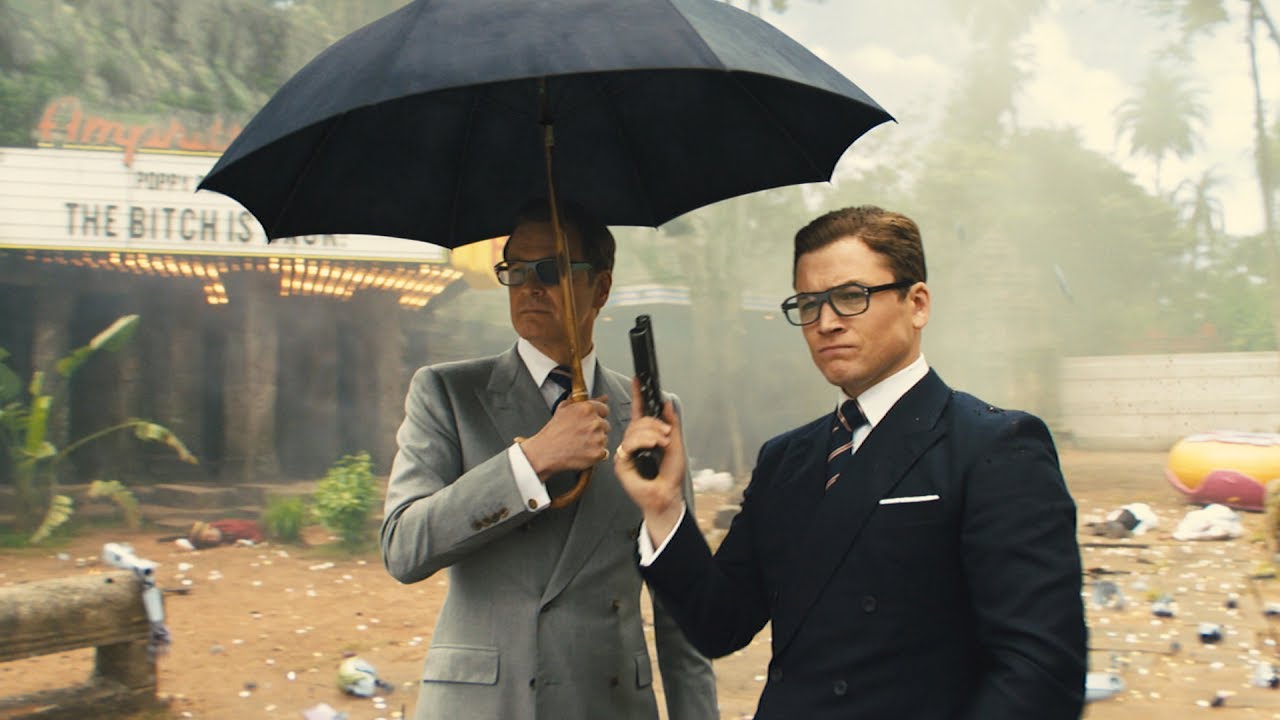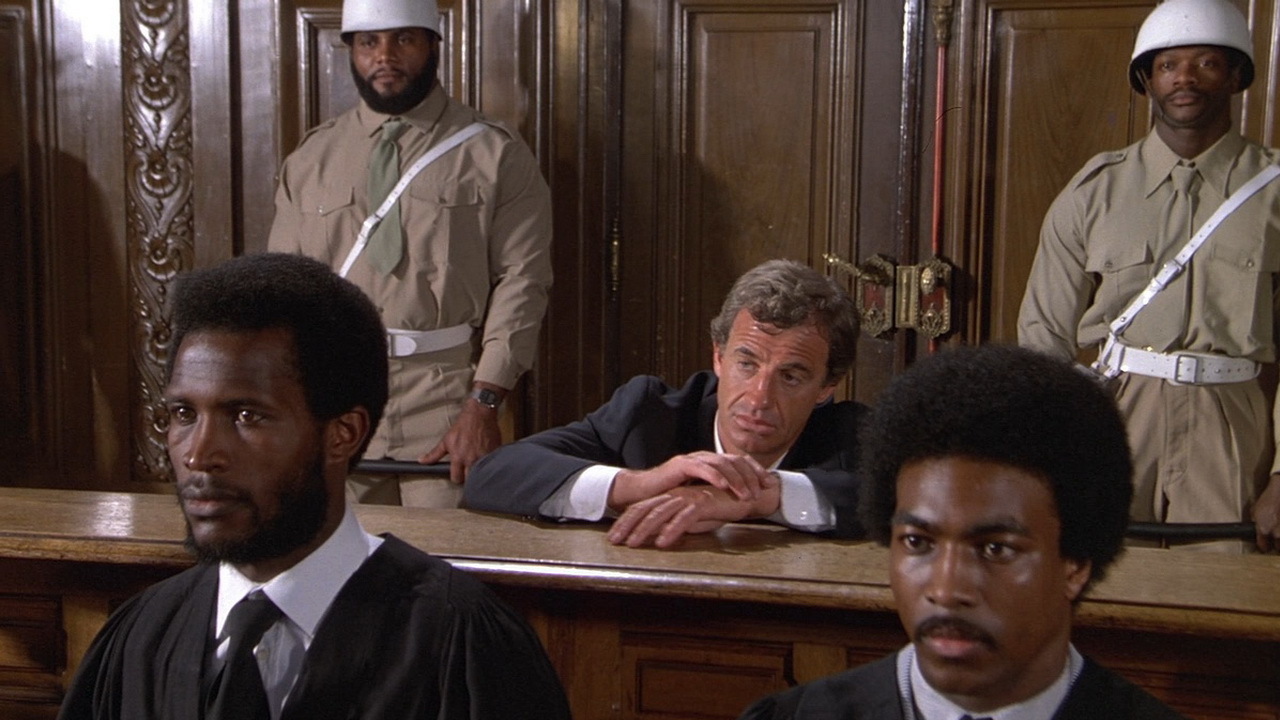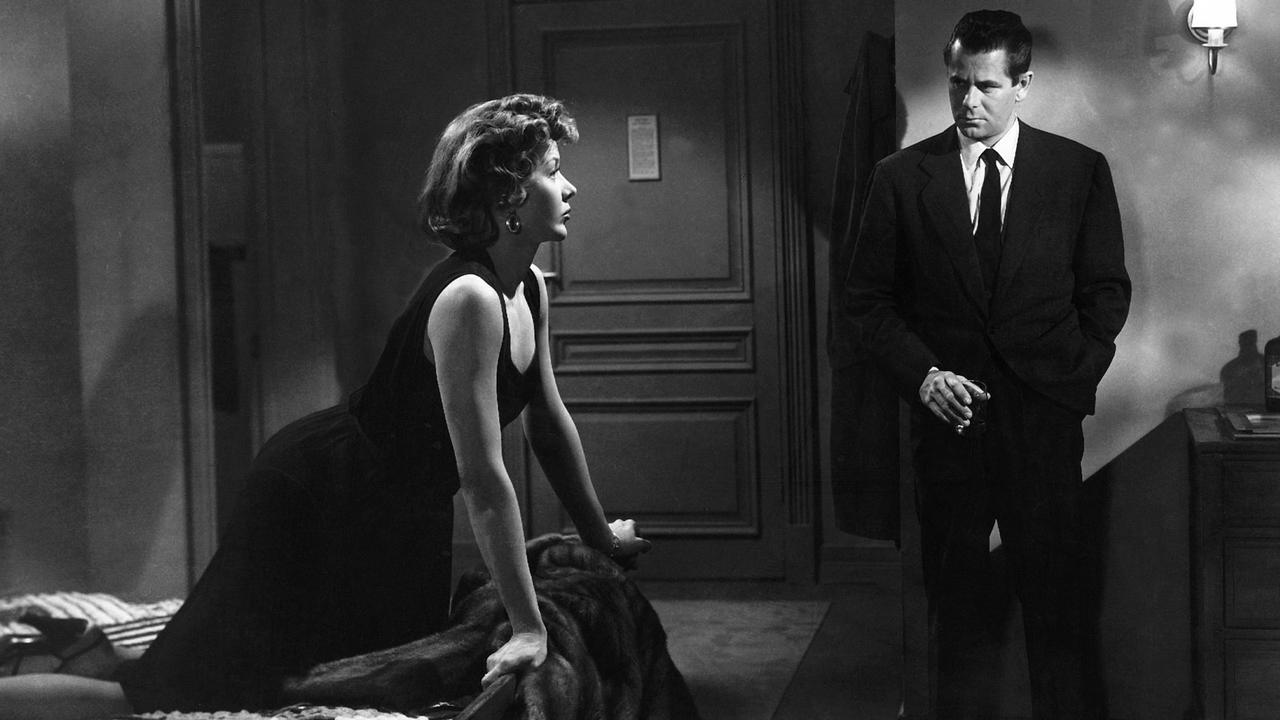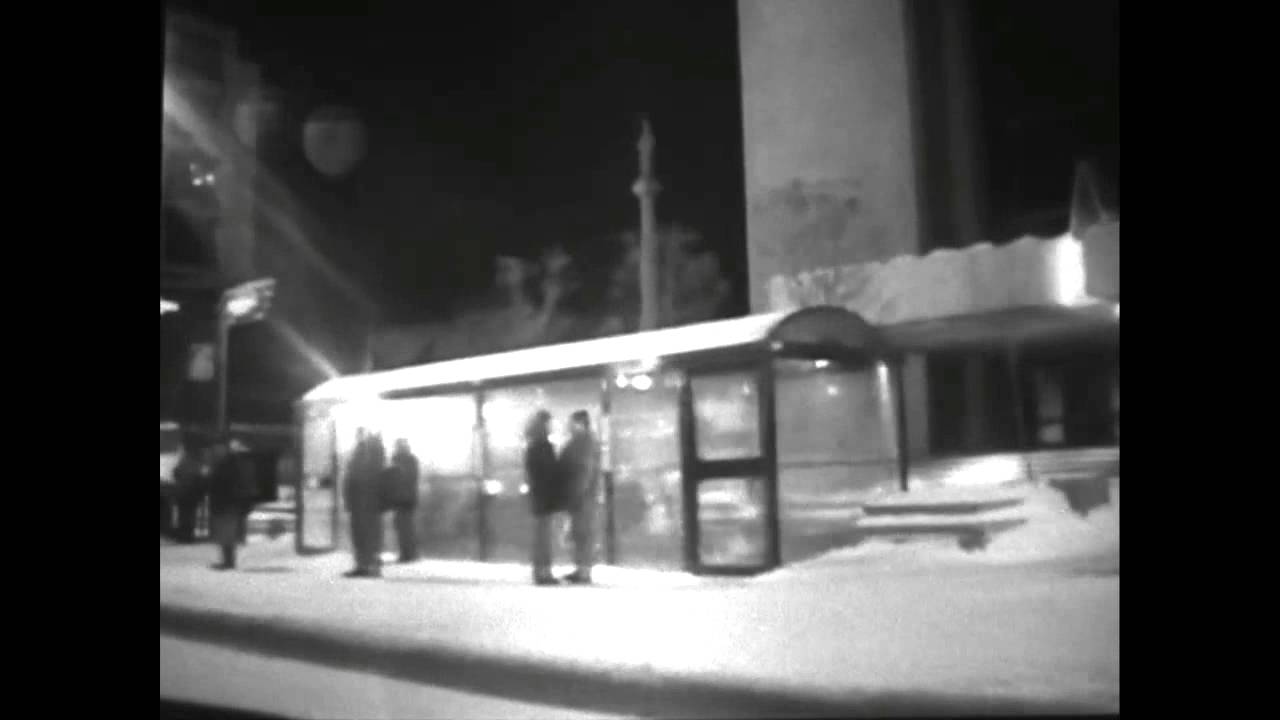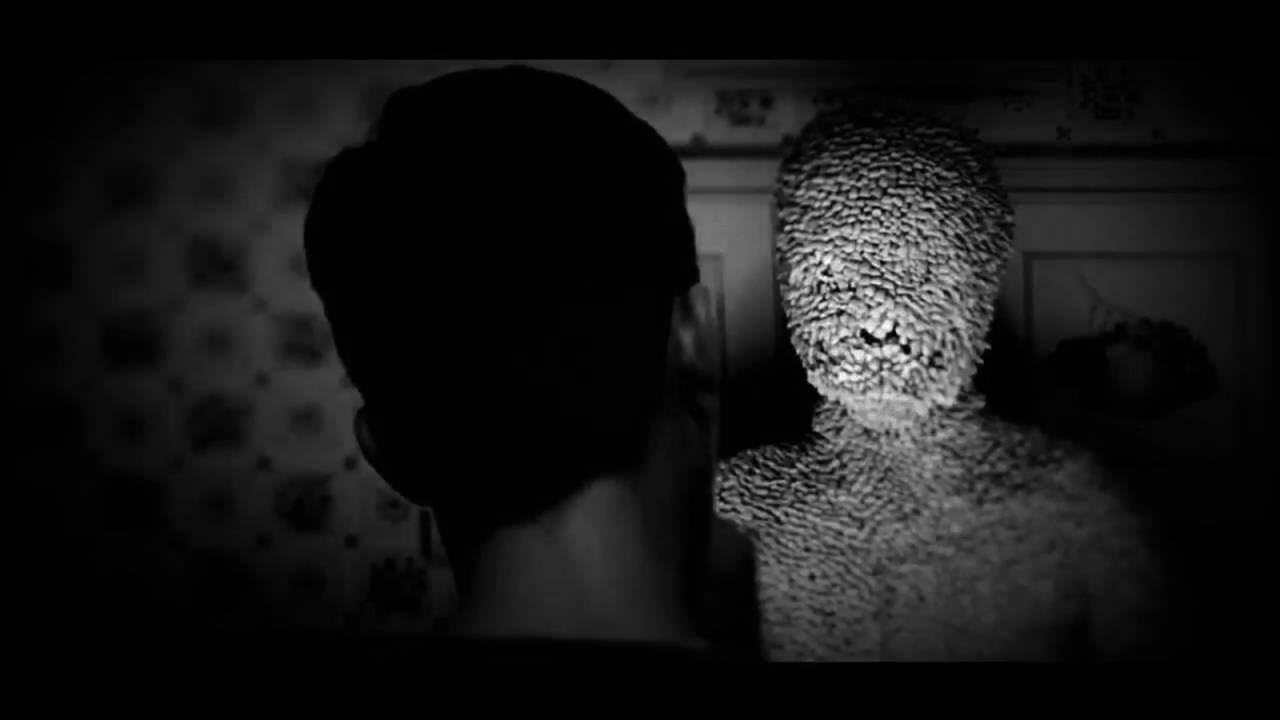Listen, guys, I’m going to let you in on a big secret: I’m woefully unqualified to write for any movie site. And of the many reasons why, one always comes up around this time of year. I don’t live near any art house or smaller theaters, so unless movies come to the theater attached to the nearby mall (hey, $5 matinees every day!),
Lark
RoboCop didn’t predict shit.
I see certain statements come up a lot in pop culture-literate leftist circles — and I am afraid this is going to be a Political Piece, one that assumes shared beliefs (although maybe no more than simply a recognition that something is wrong in the world) — that RoboCop predicted our world today.
The premise of The Lake House — that two lonely singles, Keanu Reeves and Sandra Bullock, can fall in love by sending messages back and forth to one another through the time-travelling mailbox outside the home that they both, on different occasions, owned — opens itself up to two smart-ass questions, or maybe two smart-ass fields of questions.
It is hard to know exactly how solid Luis Buñuel’s cultural capital is these days. The economy of film’s memory is shifting under our feet, and sometimes to be too well remembered can mean one is already half-forgotten. Luckily, Buñuel has reached that point at which he becomes grist for adaptations, something that always buoys one’s reputation.
I remember, very distinctly, when I regained a delight in writing about movies. It was around January 2016, and I was in a pretty miserable place. I had left a college I liked for a number of reasons, among them because I was giving up on my film studies plans.
I remember being shocked at how much push-back I received when talking about the completely explicit classism of the first Kingsman movie in 2014. Hopefully, now that the sequel is a gimcrack turd, we can be more honest: both the original and its 2017 sequel, The Golden Circle, are Horatio Alger stories with guns.
It’s dumb—I know it’s dumb—but watching The Professional reminded me I have never completely gotten over the strangeness of seeing schlock blockbusters from traditionally art-house countries.
Is that Jean-Paul Belmondo of Breathless and Pierrot le Fou fame offering goofy quips about “kicking ass” and beating up blonde henchmen?
The tagline for The Big Heat —“A hard cop and a safe dame!”—is, to quote Otto, “flagrant false advertising.”
Combined with the poster, it promises a classic noir clash between a sultry dame and a hard-boiled detective. In reality, the two of them (Glenn Ford and Gloria Grahame) barely share three scenes with one another.
Hearing Guy Maddin narrate My Winnipeg last week was important to me.
I remember trying to watch The Saddest Music in the World early in high school, when I was digging up anything people on movie forums described as “weird,” but lacked any of the cultural touchstones to understand what I was seeing.
If Howard Hawks was right in saying a good movie is “three great scenes and no bad ones,” how many great scenes does a TV show need? I’ve been wrestling with that question ever since the first season of Channel Zero went off the air.

